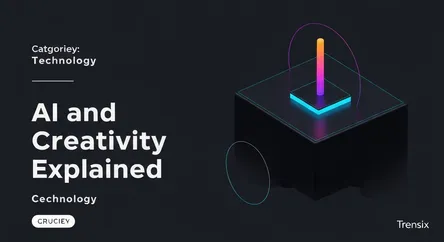Technology
AI and Creativity Explained

Discover how artificial intelligence is revolutionizing creative fields like art, music, and writing, and explore the future of human-AI collaboration.
What is it?
AI and Creativity refers to the use of artificial intelligence systems to generate or assist in the creation of novel works, including art, music, and writing. This field primarily involves generative AI models, such as Generative Adversarial Networks (GANs) and large language models. These systems are trained on vast datasets of existing human-created content and learn underlying patterns and styles. They can then produce original outputs that mimic or combine these learned elements in new ways, from composing a symphony to generating photorealistic images from text prompts.
Why is it trending?
The intersection of AI and creativity is trending due to the recent explosion of powerful, user-friendly tools like DALL-E, Midjourney, and ChatGPT. These platforms have democratized access to advanced AI, allowing anyone to experiment with creating high-quality content with minimal technical skill. The resulting work is highly shareable, leading to viral trends on social media. Furthermore, continuous breakthroughs are rapidly expanding the capabilities of these creative systems, fueling public fascination and discussion about the future of art and innovation.
How does it affect people?
This technology is profoundly affecting people, particularly creative professionals. For many, AI is a powerful collaborative tool that can accelerate brainstorming, overcome creative blocks, and generate new ideas. However, it also raises significant concerns. Artists and writers face challenges regarding copyright, as models are often trained on their work without consent. There are ongoing debates about the definition of authorship, the value of human skill, and the potential for AI to displace jobs in creative industries, fundamentally changing how we create and consume art.